01 Jul What is XERIscape & is it the same as ZEROscape, Drought Tolerant & Water-wise?
Good question. And great time to ask, given how dry it’s been this year. If you’ve heard different things and are confused, you aren’t the only one. Defining xeriscape is a slippery slope. The root word, xeri comes from the Greek word for dry, and scape, of course is in reference to landscape. I like to emphasize the pronunciation as zairy-scape to clarify that it is not ZEROscape. Beyond that, I’ve been on a quest to uncover the original intent for the practice described by the word that was born in the early ‘80s, launching it into common usage decades later. In my experience, it can be broken down into three primary approaches.
No Water Gardening
One school of thought, based solely on the interpretation of the word xeriscape itself, is born of the notion that dry means dry, that a dry landscape is just that, one where no water is added by the hand of humans. Plants are planted that are suited to the particular climate, soil, and general conditions. This closely, if not exactly, resembles dryland gardening, as discussed in Robert Nold’s book, High and Dry: Gardening with Cold-Hardy Dryland Plants. This method is also called “no water gardening” which nicely bypasses any ambiguity, and includes many plants native to the region where they are being planted.
Seven Principles of Xeriscape
Denver Water is credited with coining the term xeriscape. According to their website, “Denver Water coined the word in 1981 to help make low-water-use landscaping an easily recognized concept.” Seven principles define what xeriscape means, what it is, and how a gardener can go about practicing it. They are:
- Planning and Design
- Soil Improvements
- Efficient Irrigation
- Hydrozones
- Mulch
- Turf Alternatives
- Maintenance
According to this approach, the water requirements of any plant could be met as long as it is grouped with other plants with the same needs, which sums up the idea behind hydrozoning. I love this locally produced comprehensive breakdown: https://ocs.fortlewis.edu/waterwise/
Incidentally, Denver Water in more recent years has nixed the use of the term xeriscape because of the mispronunciation zero-scape leading to a misconceived notion of a landscape void of life, and has substituted the more intuitive term water-wise. I have jumped on that bandwagon as it makes more sense to me and leaves less room for misconception.
Xeric Plants
In my experience, what has become the most common working definition of xeriscape at this juncture is one that embraces plants considered xeric. This means that the plant naturally requires little water. It’s useful to clarify the distinction between xeric and drought tolerant. Drought tolerant means the plant will put up with dry periods, but a drought tolerant plant is really not suited for xeric conditions.
However, as Bob Nold pointed out when I interviewed him (see http://abundantearthgardens.com/gardening-in-a-western-climate/#DrylandGardening), a plant such as Agastache, generally considered xeric, is from southern Arizona where the rainfall pattern is different than it is in Colorado. This means that although it requires little water, it requires it at a specific time of year to be successful. Plants like these then, still demand irrigation when planted in Colorado even though they are considered xeric. Most xeriscapes today would not make it without ongoing irrigation which contradicts the literal translation of xeriscape from its root words.
While it seems to me a step in the right direction, I would like to think that watered xeriscapes (an oxymoron, right?) are a stepping stone, something more palatable to the masses than the first notions of it may have been, but I for one would like to see us in Colorado, the birthplace of xeriscape, get back to its linguistic roots where less, and eventually no, supplemental water is added to our landscapes. Remember harvesting the rain? Indeed, passive rainwater-harvesting earthworks is one way to concentrate the natural moisture received by our landscapes to make the most of it, and avoid needing to supplement. Now that is XERIscape.
To the glory of the garden! Eva
Eva Montane, certified Landscape Designer & President of Columbine Landscapes Co
Our 2024 Newsletter Theme: The Mechanics of a Sustainable Landscape
What is a sustainable landscap...
A Natural Solution to Prevent the Need for Herbicides & Pesticides
In today’s world, where ...
How to Create Habitat for Pollinators in Your Landscape
Creating habitat for pollinato...
Myth Busting: Dry Streambeds, Cobble as Weed Control, Rototilling
MYTH #1 DRY STREAMBEDS BELONG ...
Discover the Harmonizing Effects of Infinity Gardens
Infinity gardens embrace the n...
How Rain Gardens Emulate Nature’s Hydrological Engineers: the Beaver
If you’ve been reading our n...
Is “Nonvegetative turf” a Good Alternative to Traditional Lawn?
I know it can be a challenge t...
5 Simple Ways to Fine Tune your Watering for Drought Resiliency
Drought in our region is the n...
Tired of mowing your lawn? Dig into drought ready landscaping.
Did you see this article in fr...
Fall Forward: Tricks for enhancing your landscape with bulbs
Wait, didn’t we just spring ...
What’s an Eco-Friendly Landscape Company Look Like?
Earth Day being just around th...
Now is the time for cultivating winter interest
There are so many options for ...
How to avoid the green blur and make your plants pop
Plants – especially the ones...
Lasagna Lawn Removal: How to Passively Get Rid of Lawn Over the Winter
As you may or may not know, th...
What is XERIscape & is it the same as ZEROscape, Drought Tolerant & Water-wise?
Good question. And great time ...
Durango Herald – Is Durango Doing Enough to Conserve Water?
We are proud to have been rece...
Rocky Mountain High; Touring Colorado in Garden Celebrity Style
My new friend Kit Strange and ...

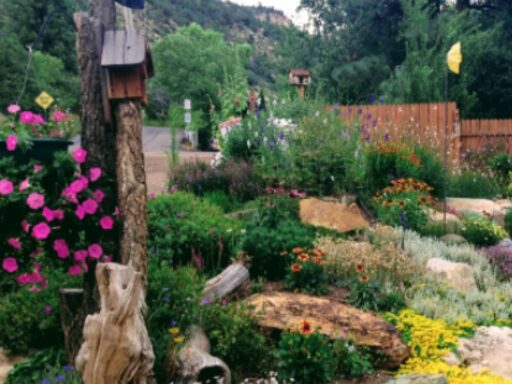
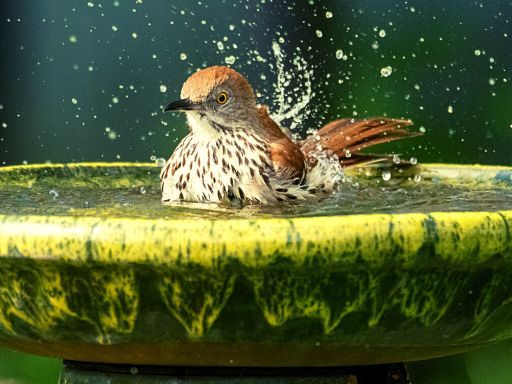

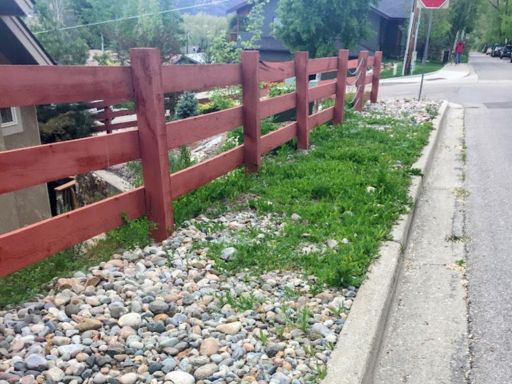
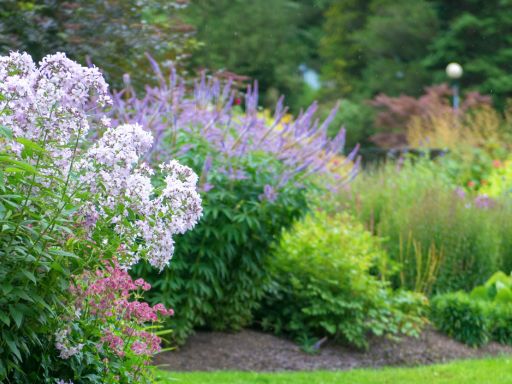






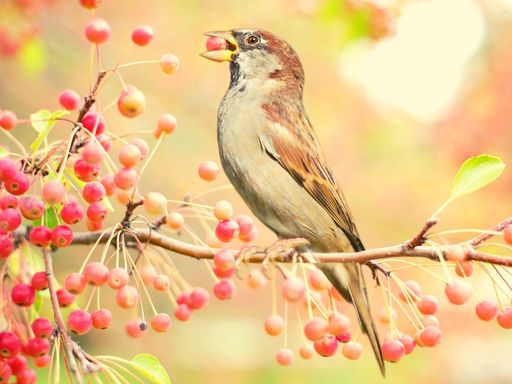





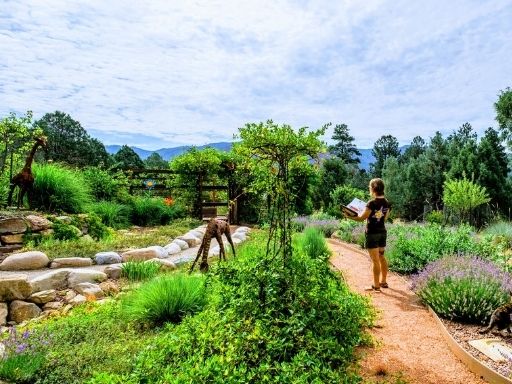
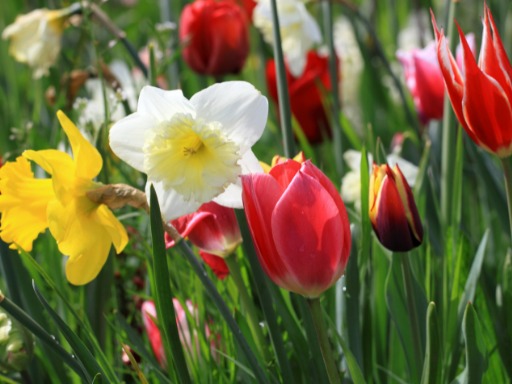
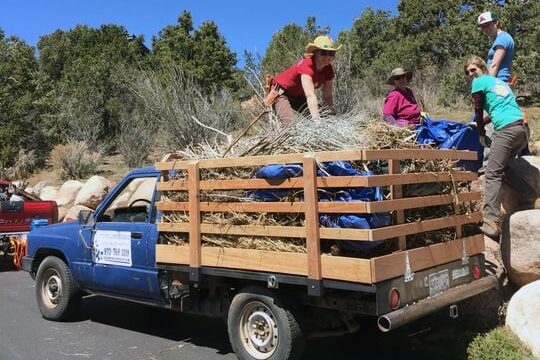
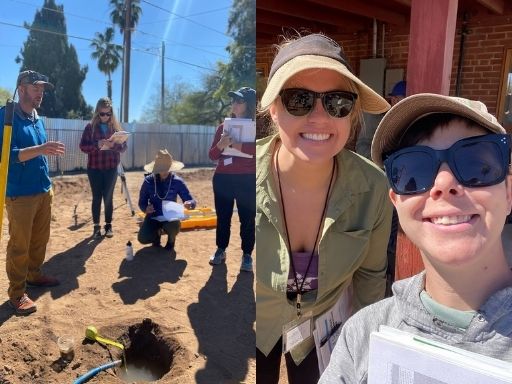


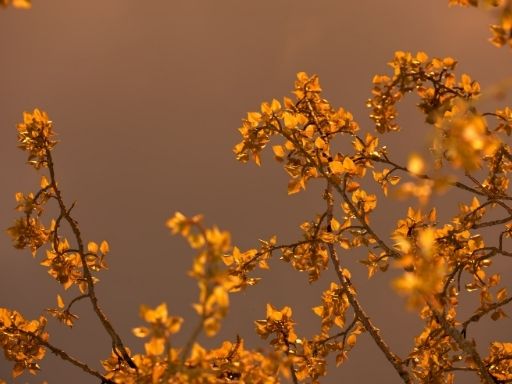

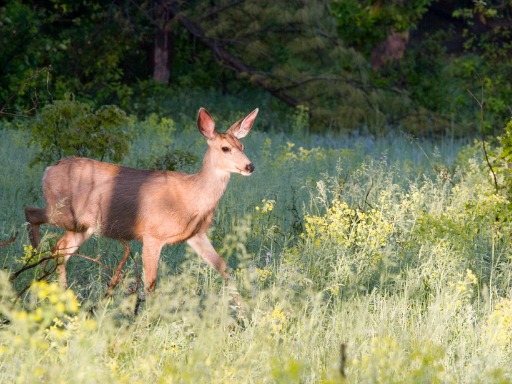

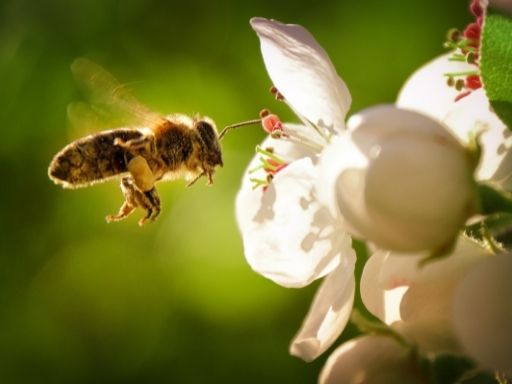
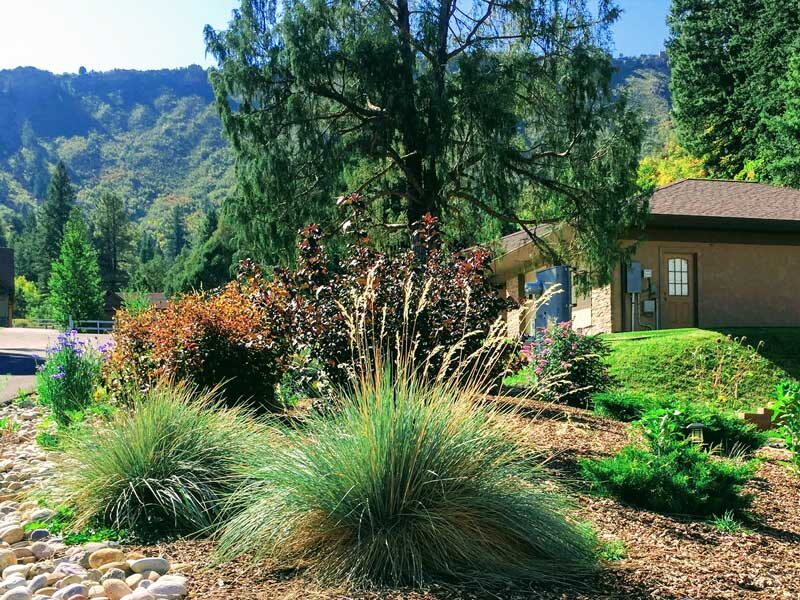
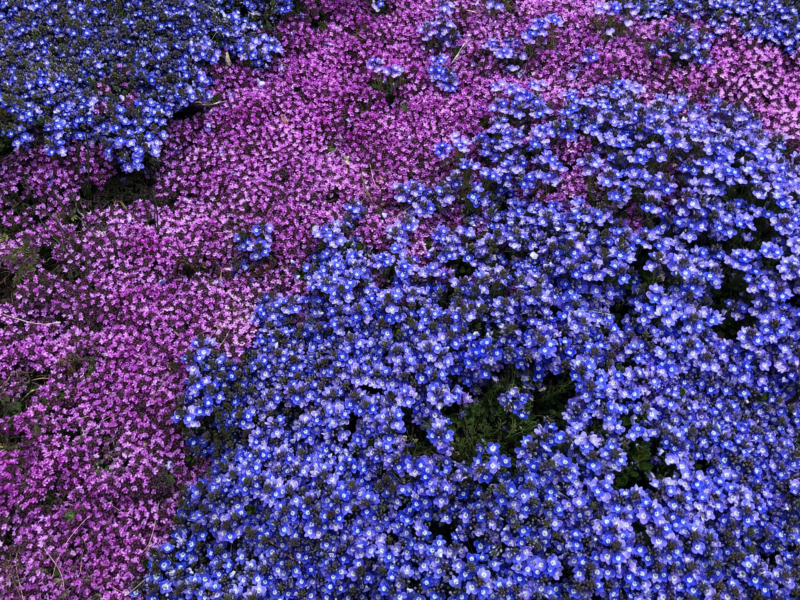
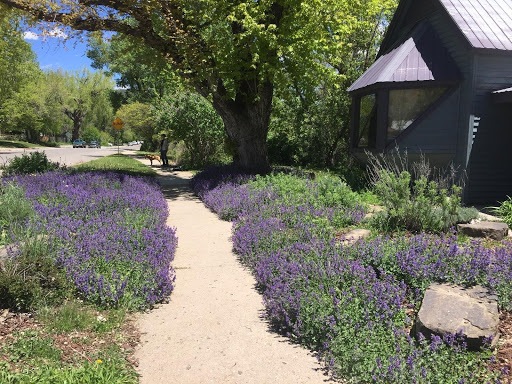
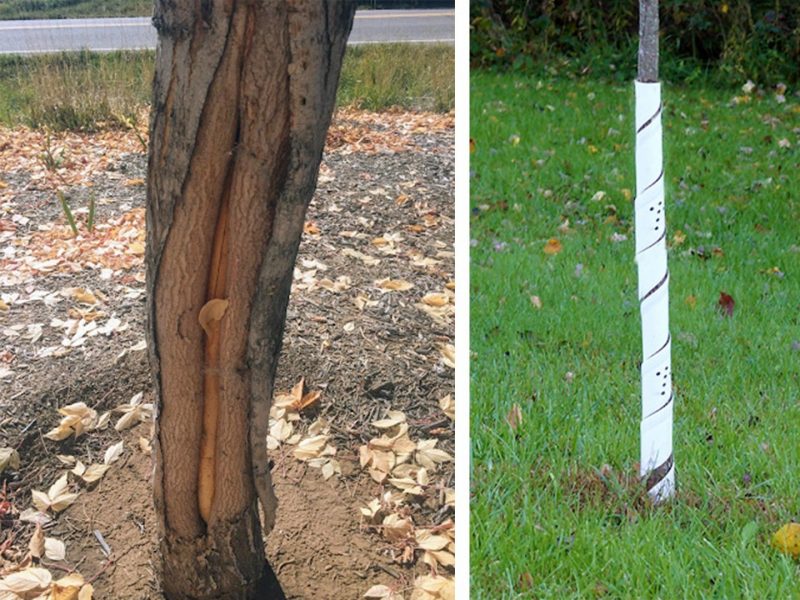
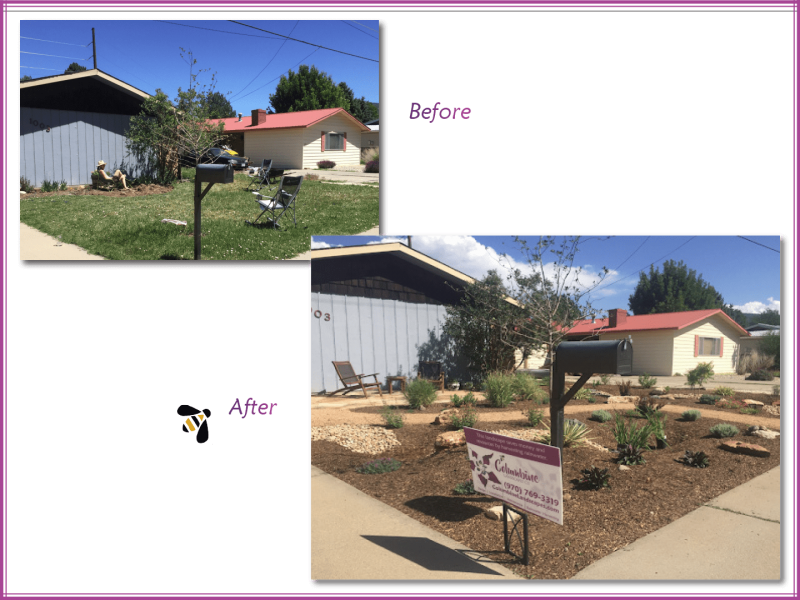
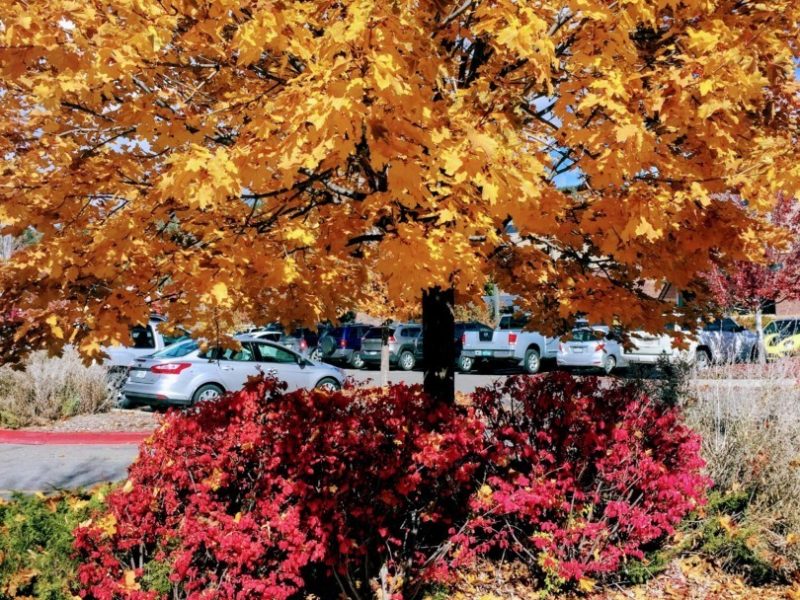
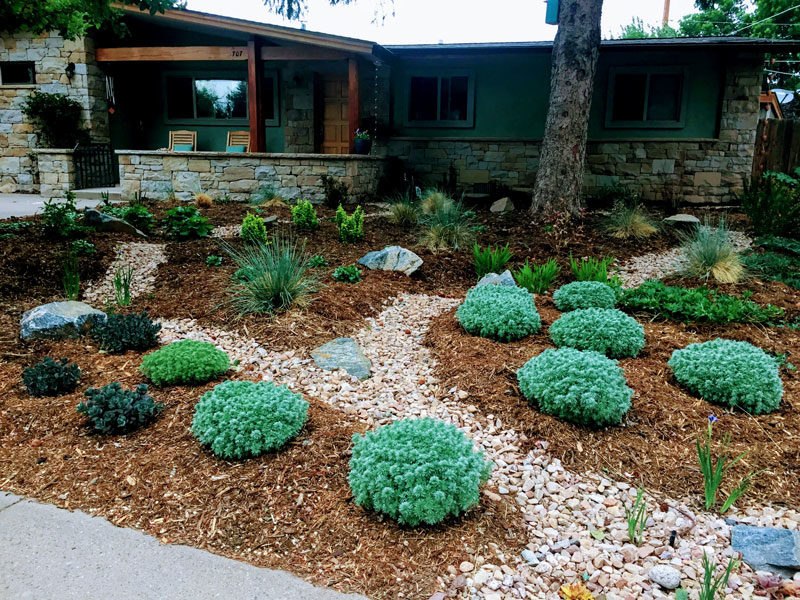
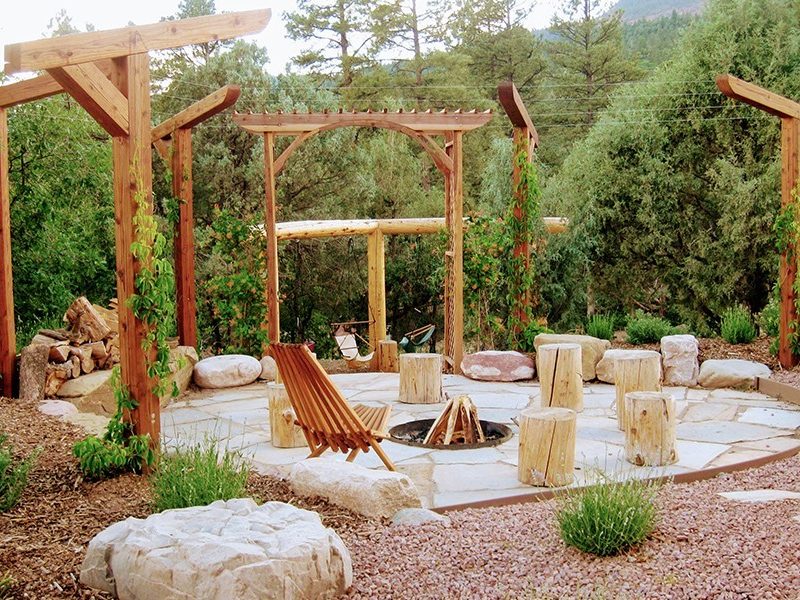



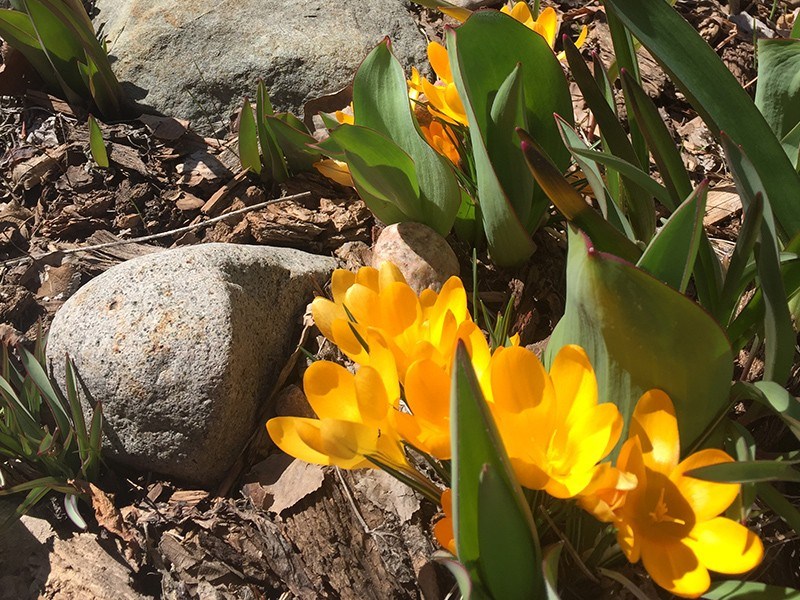
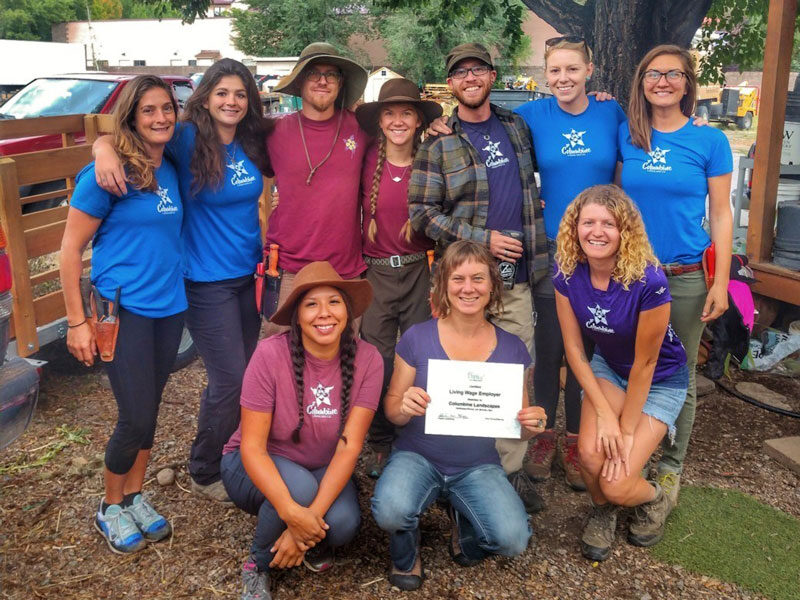
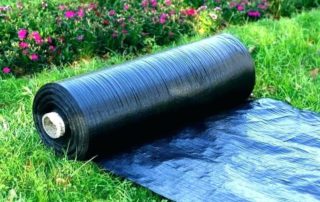
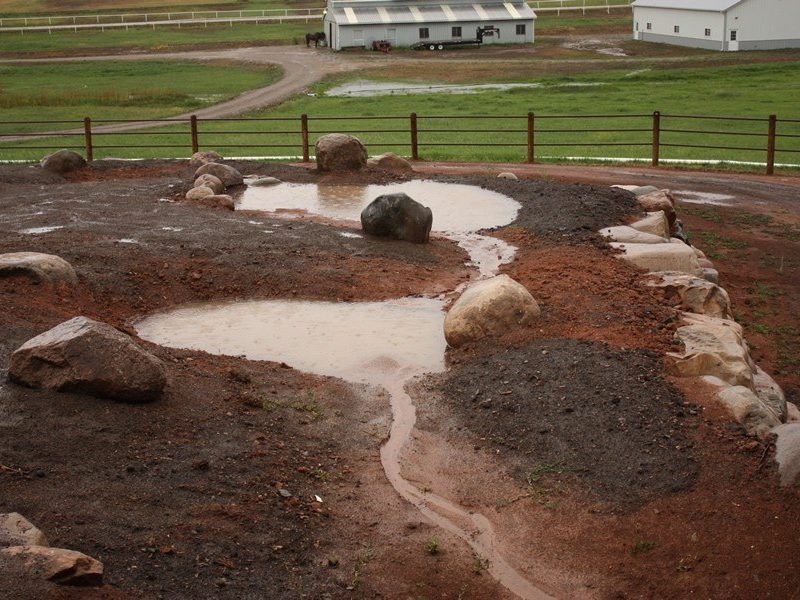
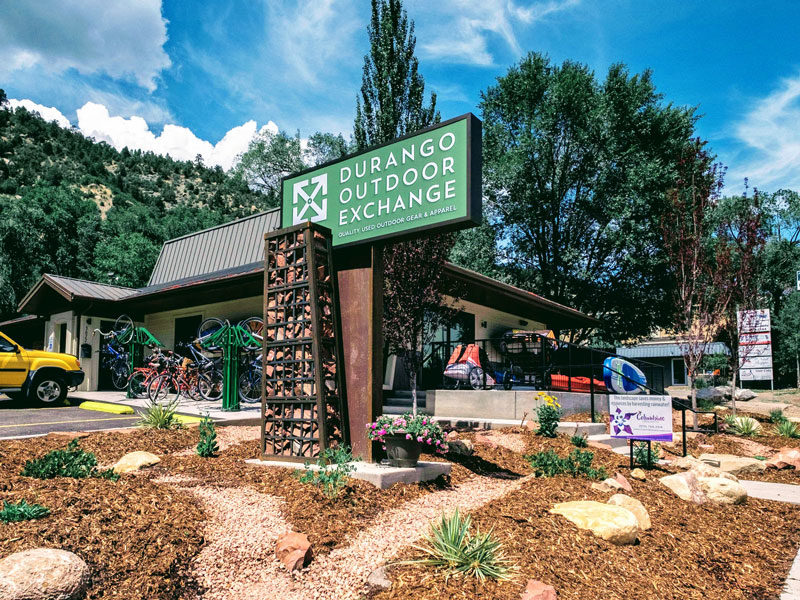



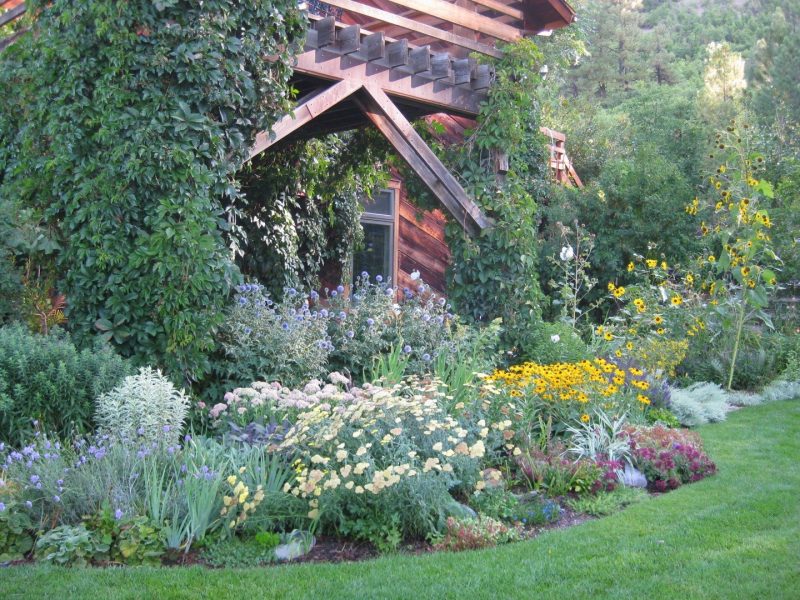

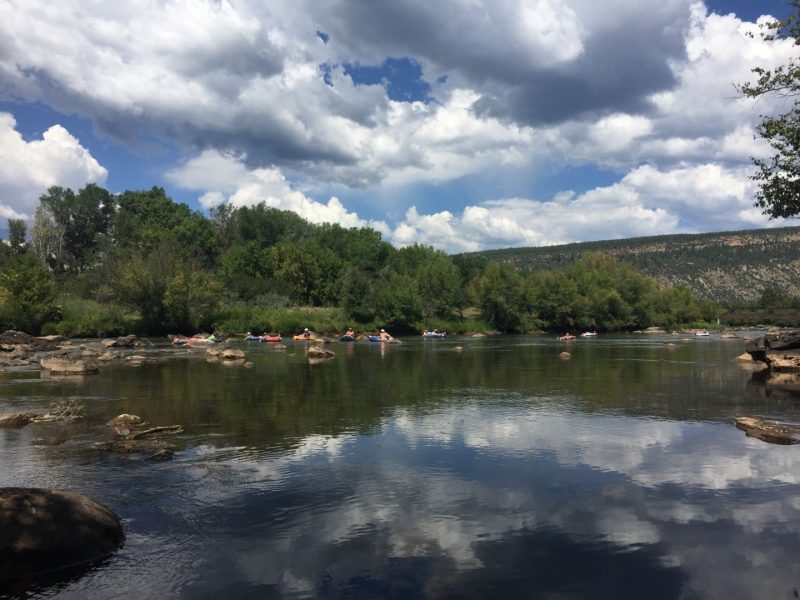
Sorry, the comment form is closed at this time.